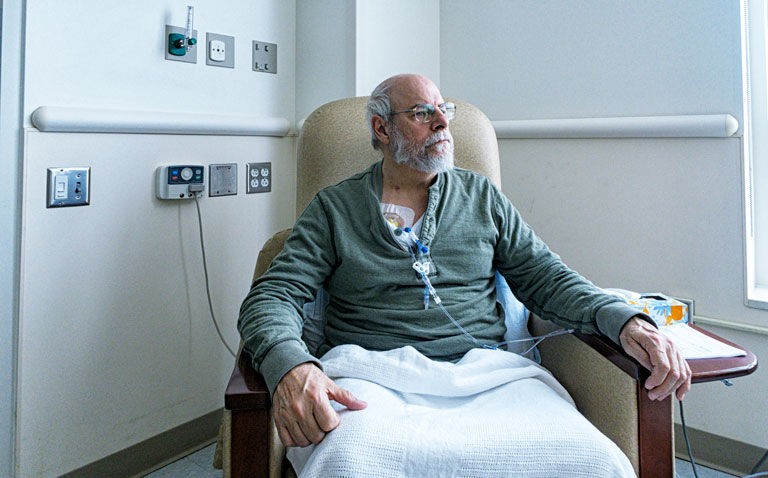A higher male cancer risk is only partly explained by known risk factors highlighting the importance of biological and sex-related features
A study has identified a higher male cancer risk in 19 out of 21 different cancers at shared anatomical sites which is only partially explained by known risk factors, underscoring the importance of sex-related biological features according to a study by a team of US researchers.
Cancer is a leading worldwide cause of deaths and which, according to the World Health Organisation, in 2020, was responsible for nearly one in six deaths. It is already recognised that there are sex-related differences in both the incidence and mortality from cancer. For example, the cancer incidence rate is 20% higher in men than in women though the male cancer death rate is 40% higher.
Moreover, the reasons behind this disparity remain to be determined although traditional risk factor such as smoking and alcohol intake are clearly important. In fact, one European study found that smoking-related deaths accounted for around 40% to 60% of the gender gap and alcohol-related mortality for 20% to 30% in Eastern Europe and 10% to 20% elsewhere in Europe.
In an attempt to better understand the reasons for these sex-related differences in cancer, the US team estimated the risk for 21 solid tumours at shared anatomical sites and examined whether the higher male cancer incidence could be explained by known risk factors, such as smoking, diet, physical activity and alcohol use.
They used data from the National Institutes of Health Diet and Health Study which began in 1995 and where a baseline questionnaire, asking about a wide range of issues including demographics, health status, co-morbidities and various lifestyle measures e.g. physical activity, levels of smoking, was mailed to over 3.5 million individuals aged 50 – 71 years of age.
For the current study, the US team restricted their analysis to a smaller cohort who had completed both the baseline and follow-up questionnaire between 1996 and 1997. The main aim of the research was to estimate both crude and covariate adjusted male-to-female risk ratios of cancer incidence and to determine the extent to which these covariates and risk factors could account for the sex-related disparity in cancer risk.
Male cancer incidence and cancer disparities
The cohort included a total of 294,100 individuals with a median age of 63.5 years (41.7% female) with a mean of 11.5 person-years follow-up for men and 12.4 person-years for women.
Cancer incidence was recorded for 21 cancers and the biggest difference in the male-female incidence risk ratio (IRR) was for oesophageal adenocarcinoma (IRR = 12.19, 95% CI 8.32 – 17.86) and for gastric cardia cancer (IRR = 4.93, 95% CI 3.59 – 6.77). In fact, only thyroid and gall bladder cancer were more common in women than men.
After adjustment for covariates, oesophageal adenocarcinoma remained more common in men (Hazard ratio, HR = 10.80, 95% CI 7.33 – 15.90) as did gastric cardia cancer (HR = 3.49). Overall and after adjustment, the higher risk for men remained for 11 of the cancers.
When examining the effect of known risk factors, among 7 cancers (lung, colon, rectum, other biliary tract, skin, bladder and oesophageal adenocarcinoma), the distribution of risk factors and covariates explained some of the observed differences, ranging from 11.2% (oesophageal adenocarcinoma) to 49.4% (lung cancer).
After adjusting for alcohol use, smoking status, body mass index and age groups, there was still no significant interaction effect for any of the cancer sites.
The authors concluded that sex-related biological factors appeared to represent major determinants of cancer incidence. The added that further analysis of physiologic, immunologic and genetic or genomic factors are needed across a wider range of cancers to better understand their contribution to the higher male cancer burden.
Citation
Jackson SS et al. Sex disparities in the incidence of 21 cancer types: Quantification of the contribution of risk factors Cancer 2022










